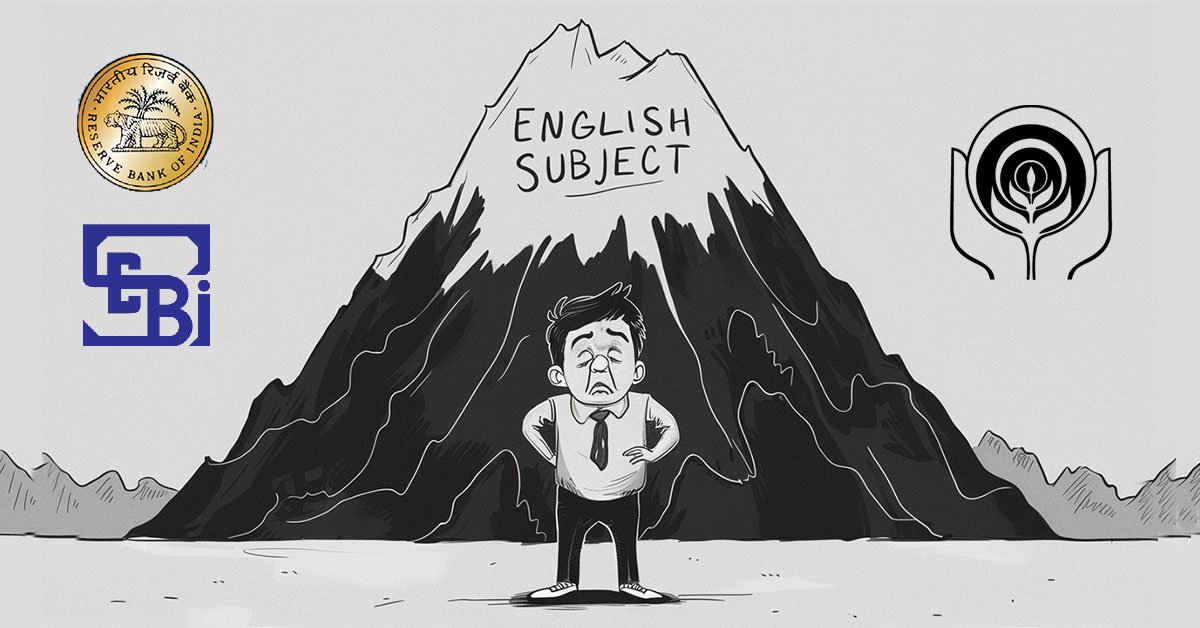India’s Urban Journey
- Post-1990s liberalisation triggered rapid urban growth.
- Urbanisation has been shaped by Union-led initiatives:
- Jawaharlal Nehru National Urban Renewal Mission (JNNURM)
- Five Urban Flagship Missions under various governments.
- The Centre has been pivotal in crafting urban policies, despite urban development being a State subject.
Role of the Centre in Urban Development
- Successive Union governments have launched missions:
- Housing: Indira Awas Yojana, Rajiv Awas Yojana, PMAY.
- Basic services: BSUP (UPA era), AMRUT, Swachh Bharat Mission (SBM).
- Mobility: City mobility plans and major investments in metro rail projects (30% of urban budget during NDA).
- The Centre’s approach is top-down, with:
- Central control over financial allocations and project structures.
- Less autonomy for cities and States to address context-specific needs.
Why the Top-Down Financial Model?
- Cities as engines of growth: Successive governments view urban hubs as critical to national economic ambitions.
- Infrastructure investments seen as essential for achieving India’s $5 trillion economy goal.
- Finance Commissions imposed conditionalities on fund transfers:
- Example: 15th Finance Commission’s condition to link property tax enhancement with State GDP growth.
- Current mechanisms restrict local flexibility and innovation.
Urbanisation Variations Across States
- Kerala and Karnataka: Rural-urban continuums dominate; boundaries between cities and villages blur.
- Gujarat: Urban sprawl shows core-periphery dynamics, with the wealthy often preferring peripheries.
- Housing needs vary some cities have excess social housing, while others require more.
- Sanitation and water supply infrastructure needs are location-specific, yet universal top-down mandates (like SBM) often ignore this diversity.
Problems with ‘One-Size-Fits-All’ Policies
- Universal urban policies fail to:
- Address regional demographic shifts (like migration from north to south).
- Cater to varied urban forms and priorities (for example, clustered towns needing decentralised systems vs. metro cities needing large infrastructure).
- Top-down financial impositions result in:
- Unutilised or ineffectively used funds (e.g., Smart Cities Mission experiences).
- Creation of irrelevant infrastructure driven by bureaucratic targets rather than community needs.
Suggested Alternative
- Redefine fiscal devolution:
- 70% of the Union Budget for urban development should go as direct transfers to States and city governments.
- Remaining 30% should be retained for national priorities (like climate resilience).
- Direct transfers to be categorised by:
- Mobility, sanitation, housing, water, waste, innovation.
- Allow States and cities to identify their own priorities, supported by knowledge agencies and local consultations.
- Outcome: Avoid redundant infrastructure and foster needs-based, locally relevant solutions.
Why a Shift in Approach is Crucial
- Central governments are geographically and administratively distant, often disconnected from community-level challenges.
- Local governments are better positioned to resolve conflicts, deliver services, and manage taxation effectively.
- Plurality and diversity are at the core of India’s identity — urban planning must reflect this heterogeneity.
- Incremental fixes driven from the top risk infrastructure collapse and declining livability.
- City governments, if empowered, can ensure tangible links between governance and citizens, strengthening democratic participation.
A fundamental redefinition of roles at the Central, State, and city levels is necessary for India’s urban transformation. Central government’s role should shift to guidance and enabling, not prescription. Stronger fiscal autonomy for cities and States will help realise context-sensitive, demand-driven urban development, aligned with India’s complex and diverse realities.



















